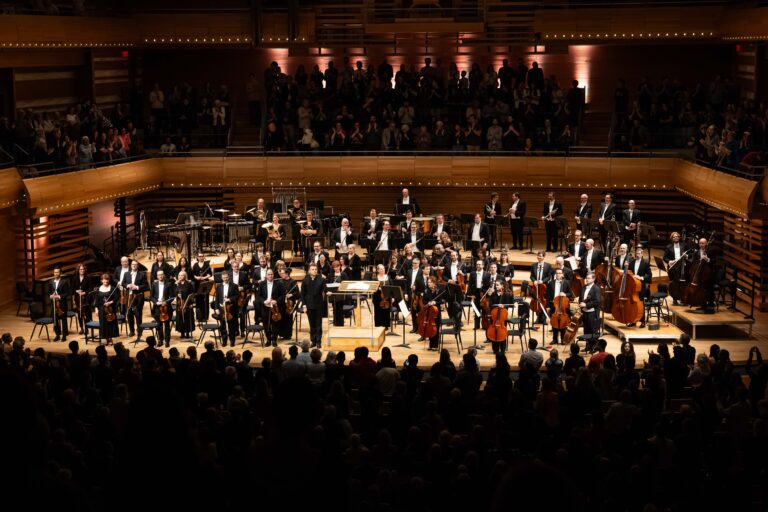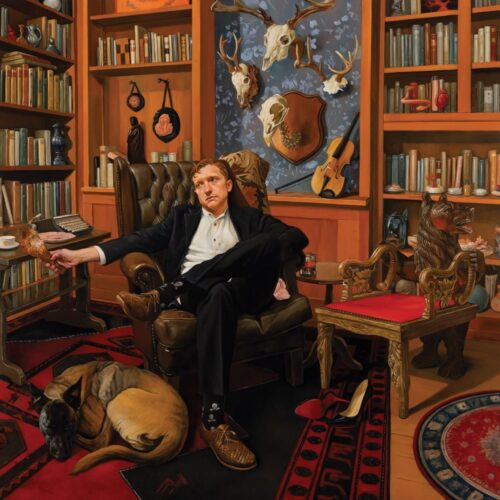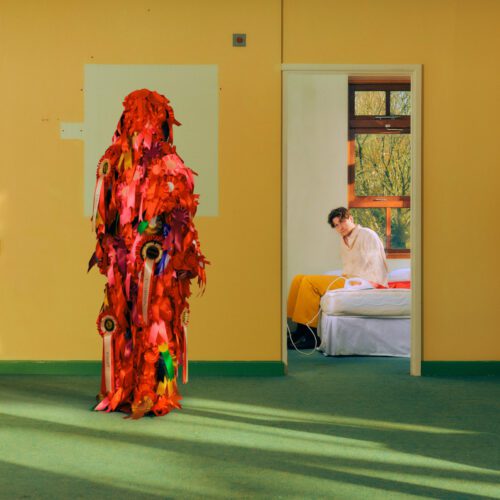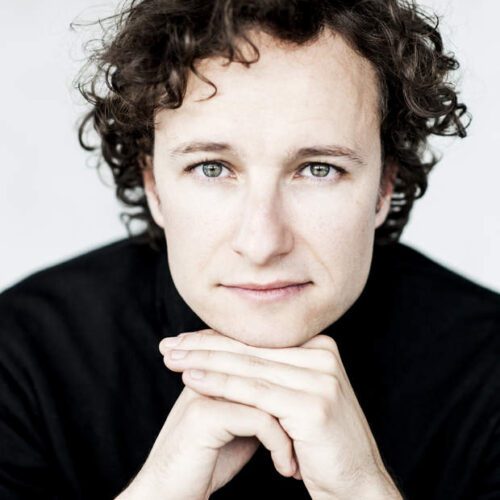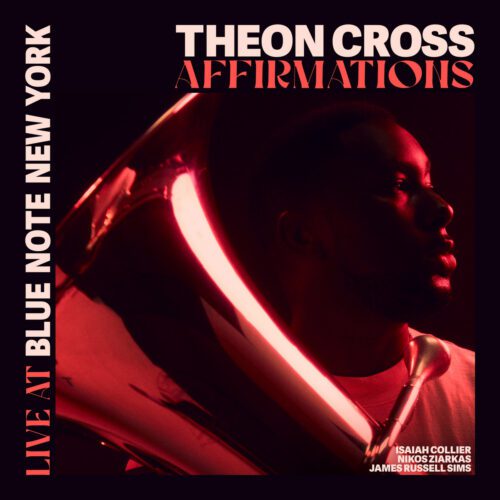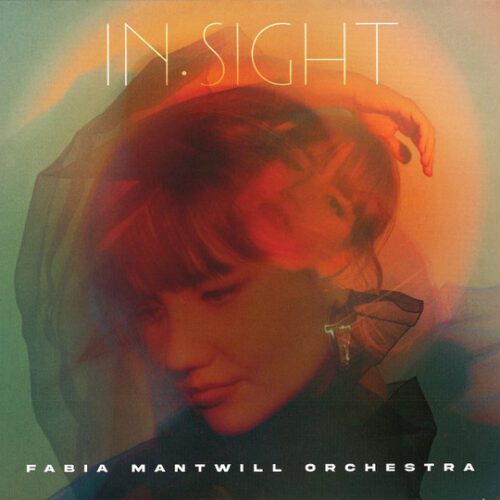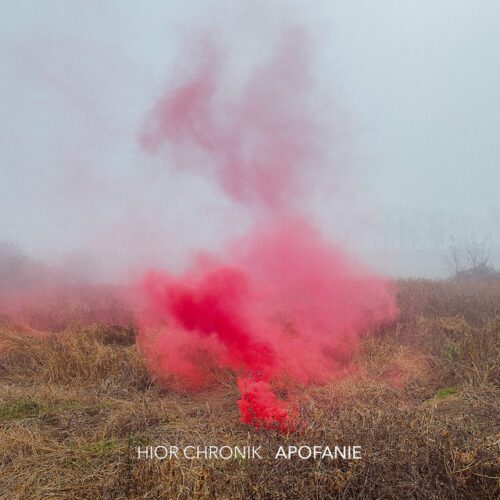This week sees the return of beloved guest conductor Vasily Petrenko to the Orchestre symphonique de Montréal (OSM). The man who was once one of the favorites to replace Kent Nagano shone as usual on Wednesday evening at the Maison symphonique.
The concert opens with Blue Cathedral by American composer Jennifer Higdon. This beautiful, floating work is a tribute to her late brother. Several flute and clarinet solos represent her and her brother. Also symbolizing a celestial journey, the piece comes alive to signify wonder and joy, before ending with percussive resonances and barely audible harmonics. By the way, we could see the other musicians waving haki-sized balls, which stumped many of us as many of us looked at the program afterwards, only to find, alas, no information on the subject.
Then Beethoven’s famous Emperor Concerto kicks off with panache, with Simon Trpčeski at the piano. After an admirable orchestral introduction, the soloist enters the stage, at the last second, as if emerging from the Moon. After some difficulty in maintaining a steady tempo, creating a few small shifts with the orchestra, Trpčeski stops accelerating in his solo excerpts to finally create a whole with the orchestra.
He is very agile with his fingers, but lacks the weight and sound required for a concerto of this magnitude. This style of playing suits him very well in the slow movement, where he blends perfectly with the orchestra. Or it’s the orchestra that envelops him brilliantly.
Anyway, when you ask yourself the question, it means it’s very successful. For the rest, we’ll overlook his head, leg and arm gesticulations (there’s already a conductor to look after the orchestra) to concentrate on his dynamic, excited playing. As encores, we are treated to a short excerpt from a dance in his native Macedonia, followed by the October movement from Tchaikovsky’s Seasons, “for a better world”, resulting in a sensitive and touching performance.
Then comes Jean Sibelius’s very pastoral Fifth Symphony. As in the preceding work, Petrenko’s direction is very clear-cut. His intentions are clear, and nothing is left to chance: nuances, accents, entrances, phrasing and so on. Nothing is forced and played with finesse. I once heard a conductor tell students in a master class that “you have to like to play softly”, and that’s what came to mind on Wednesday evening. The woodwind chorale in the second movement is sublime, accompanied by precise pizzicatos. The last movement is frenetic but not overly so, ending with a repetition of the main theme in the brass, which rings out like bells. Throughout the symphony, one could close one’s eyes and easily imagine oneself at Sibelius’s side, contemplating majestic, bucolic landscapes.
